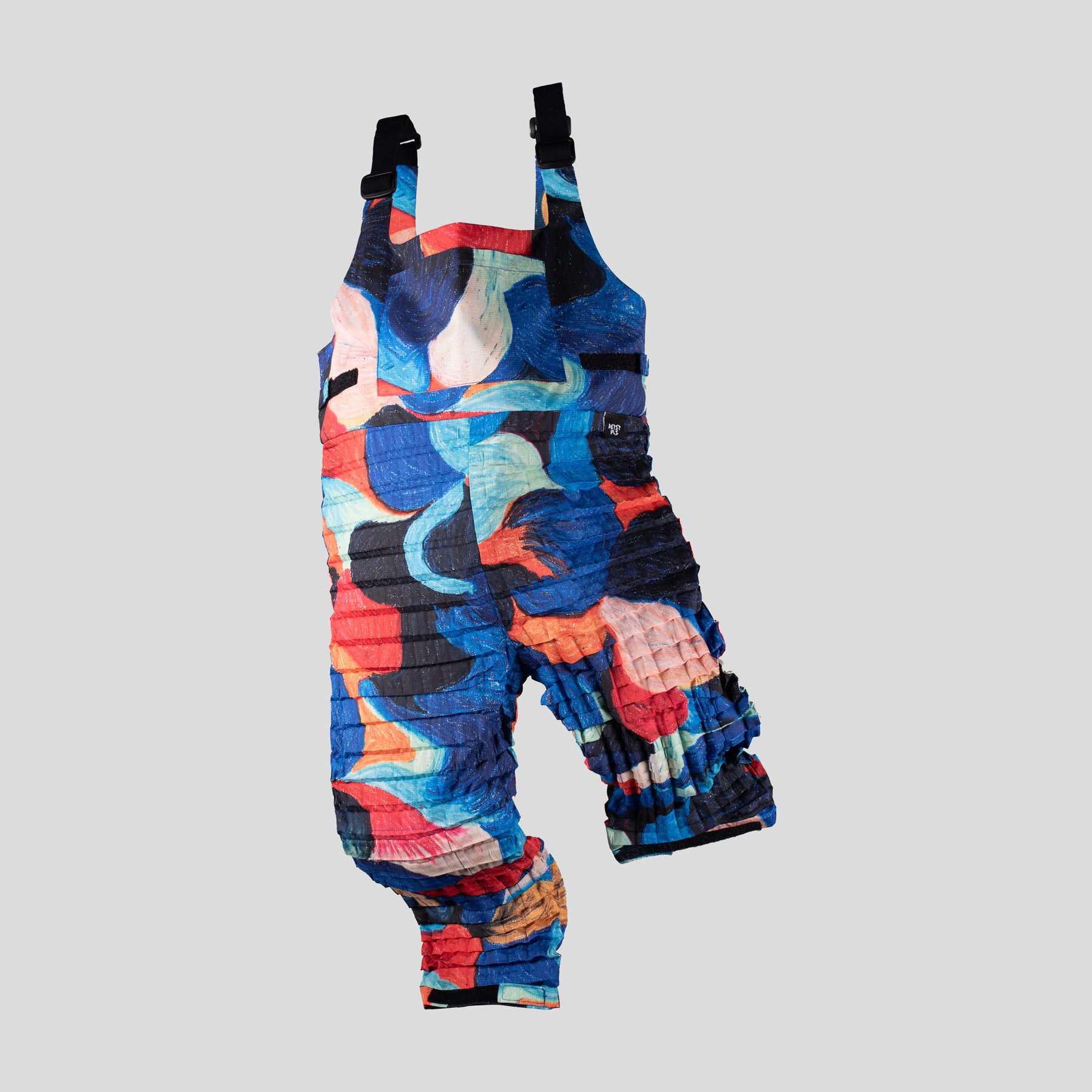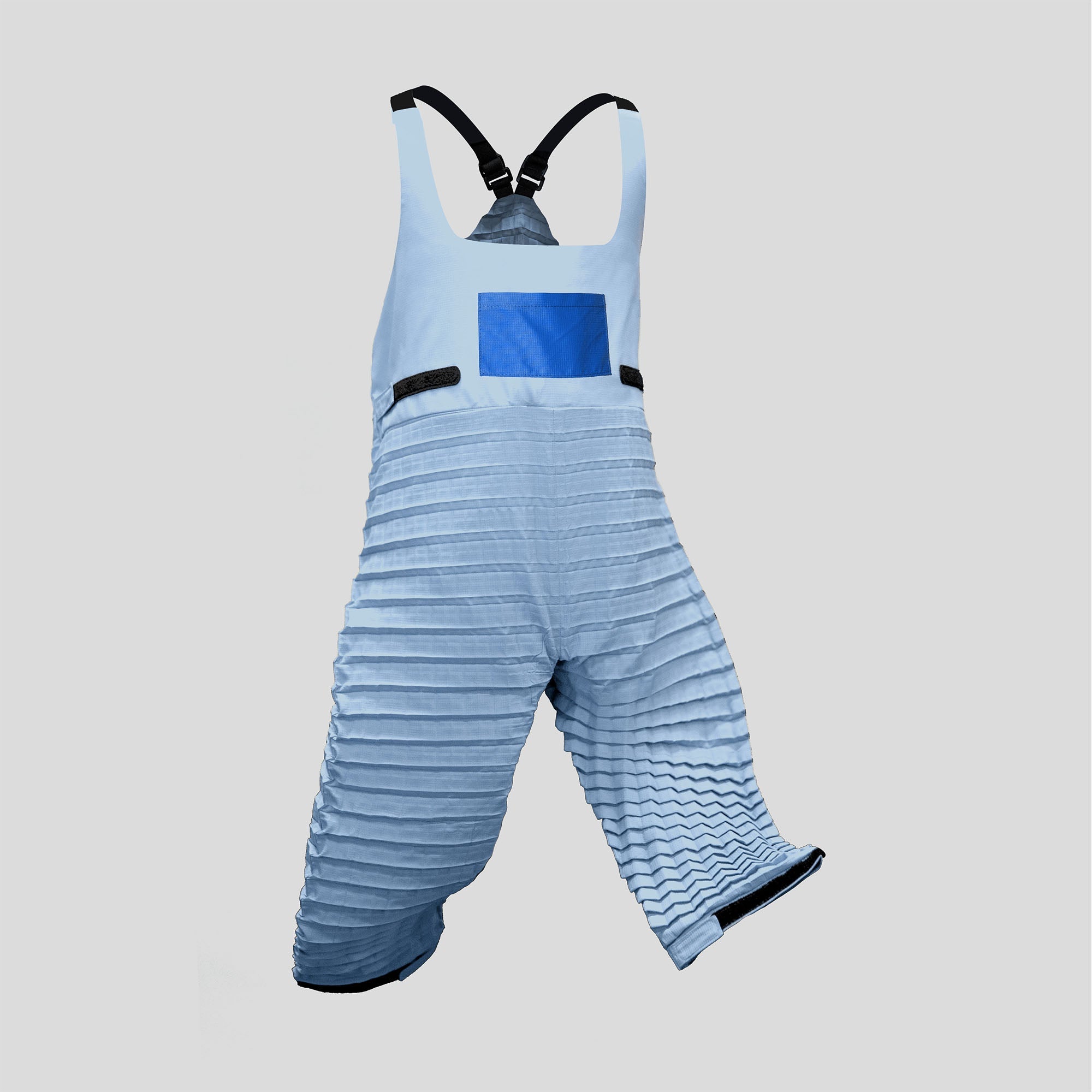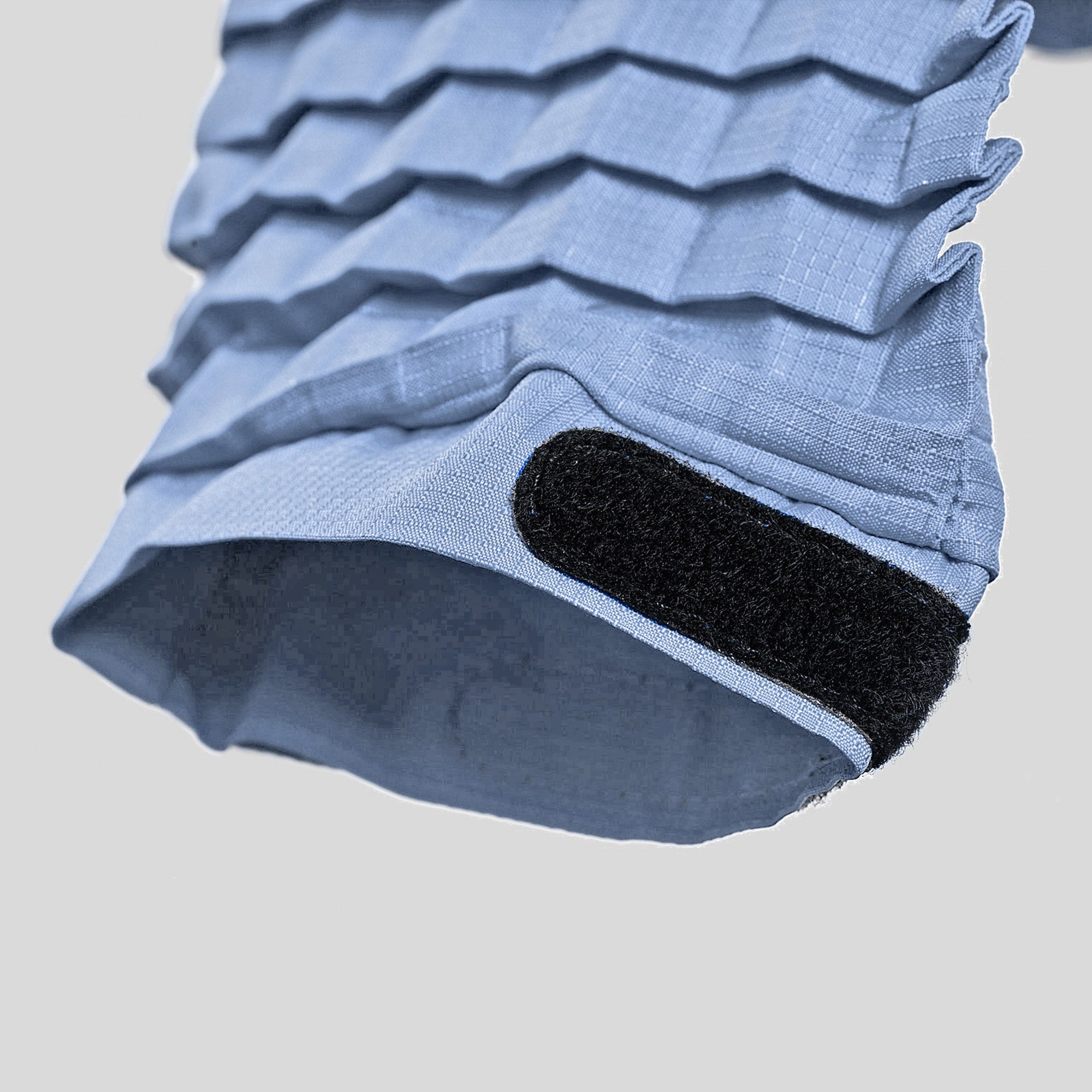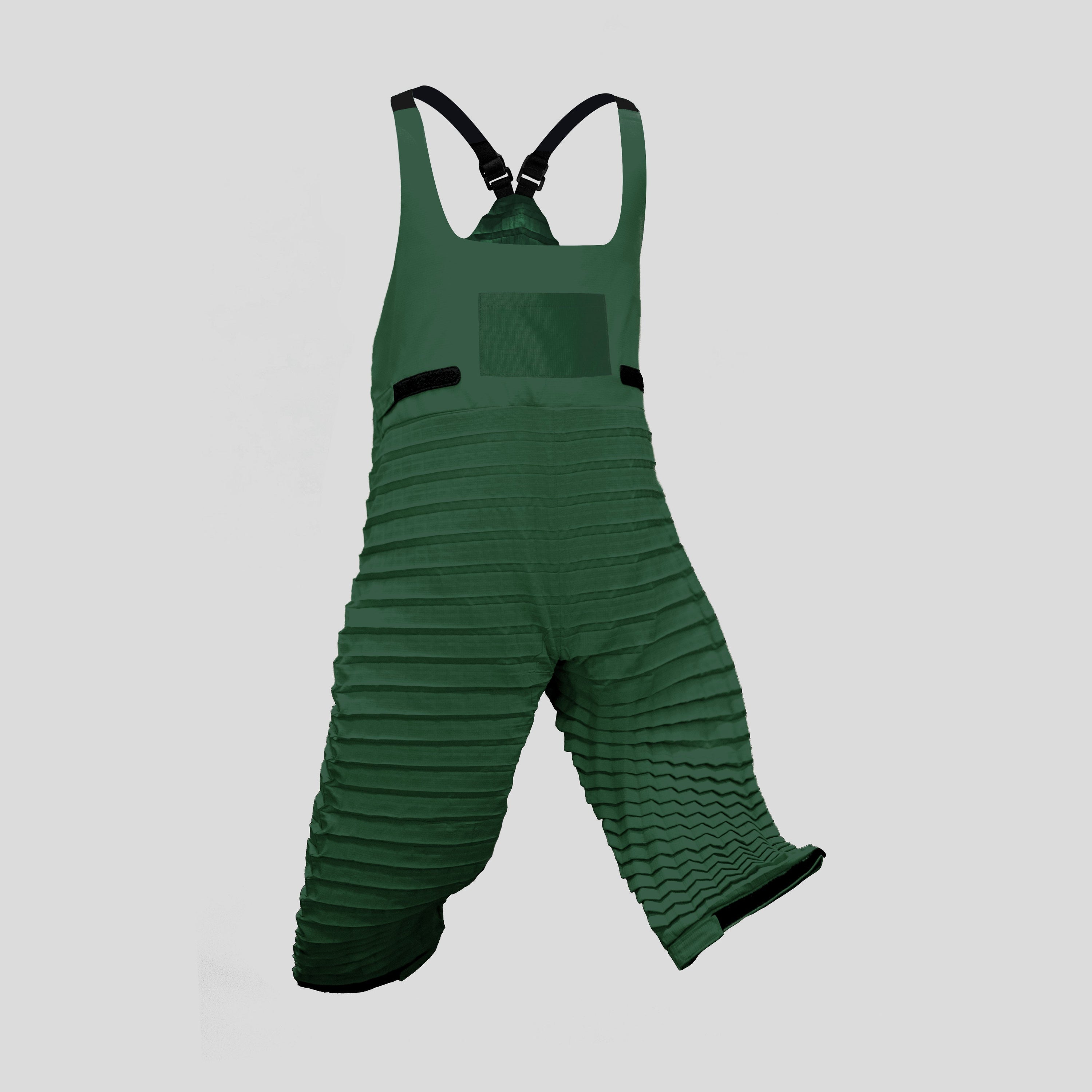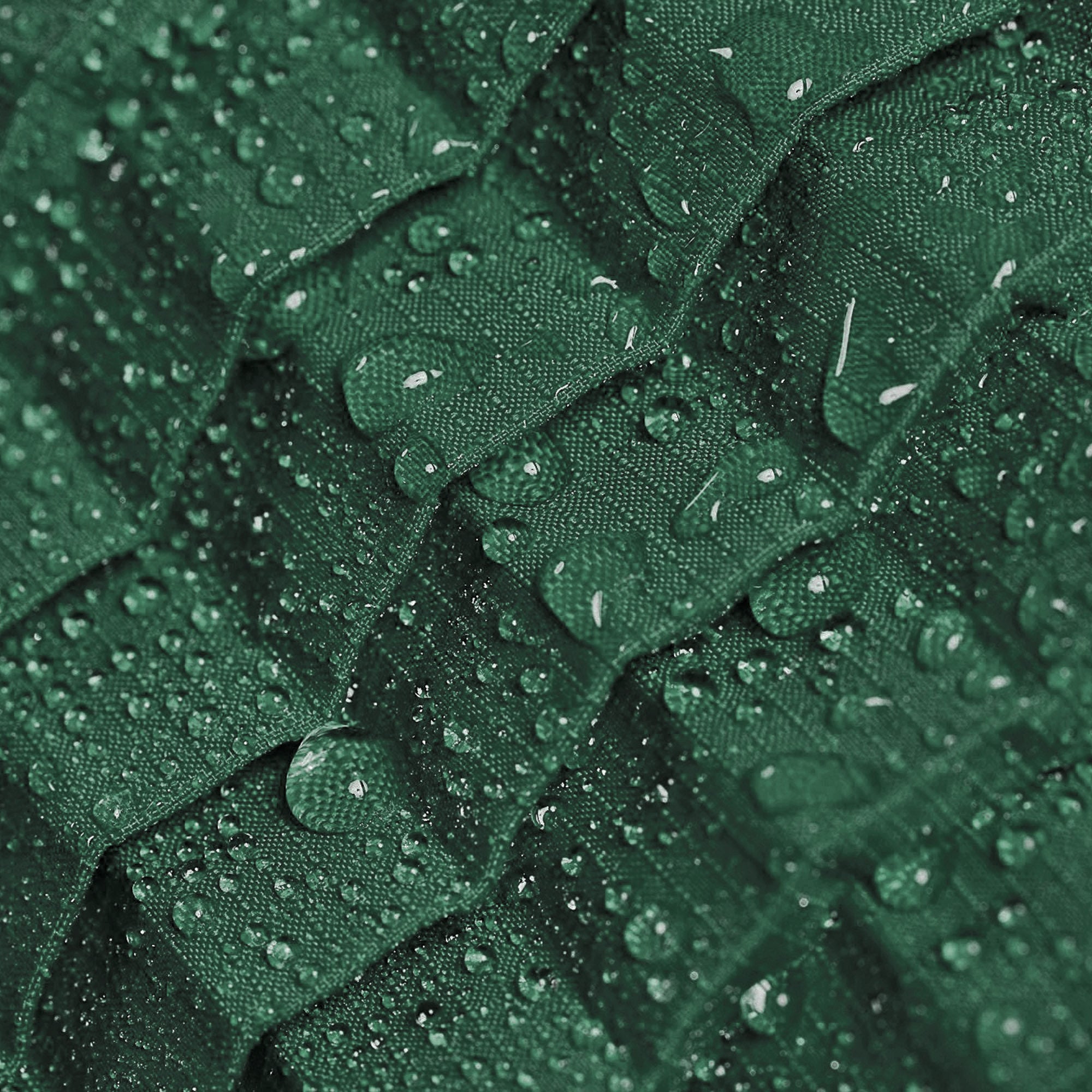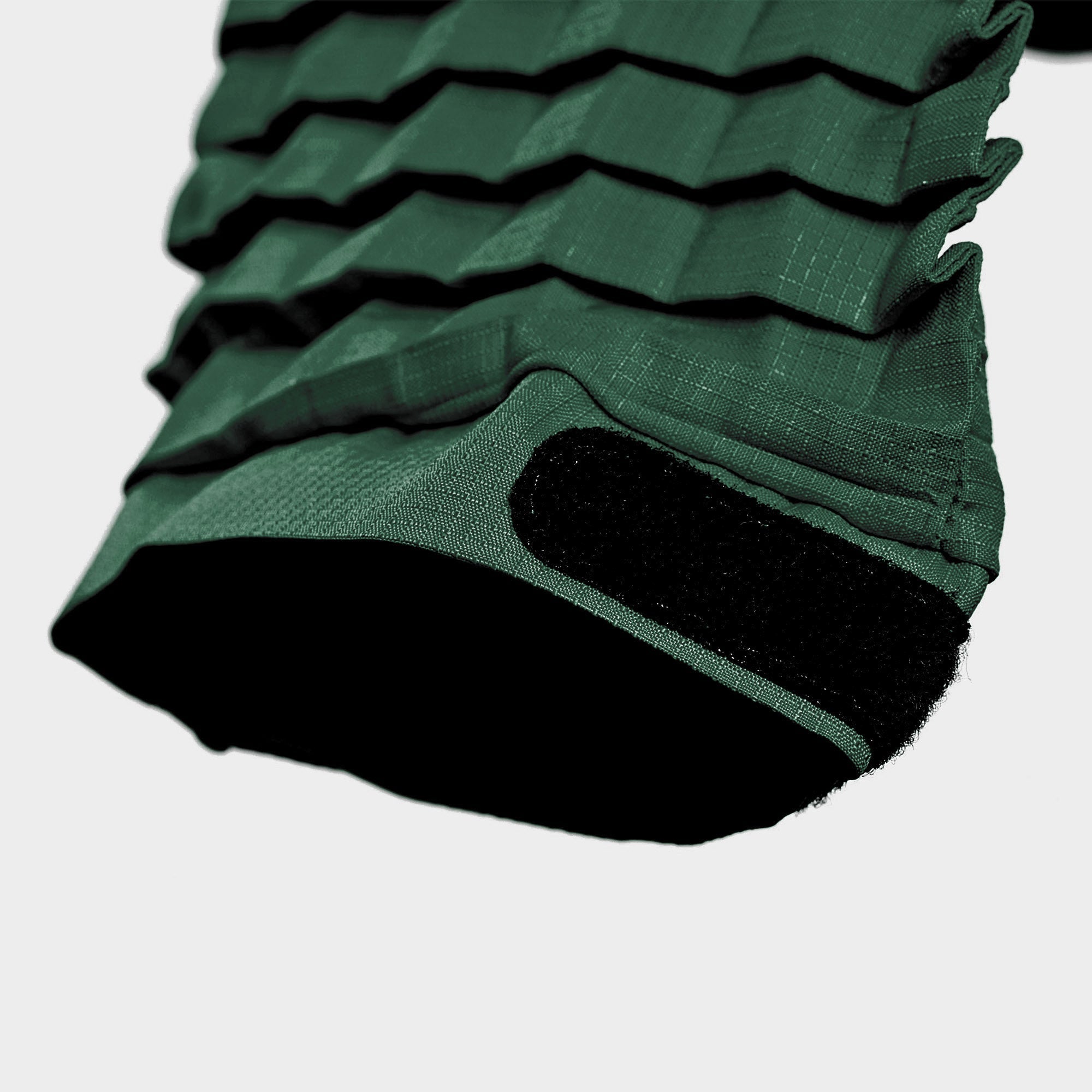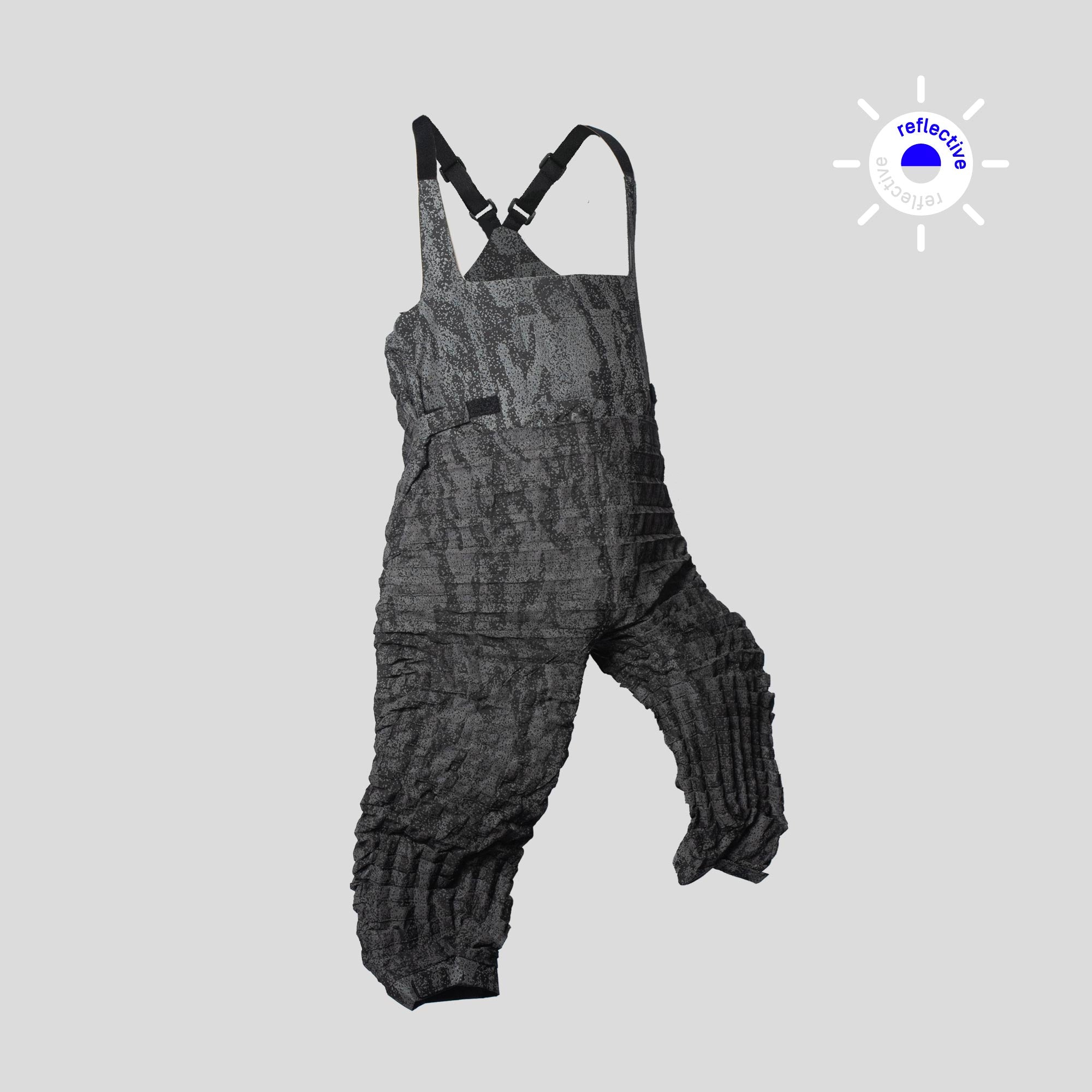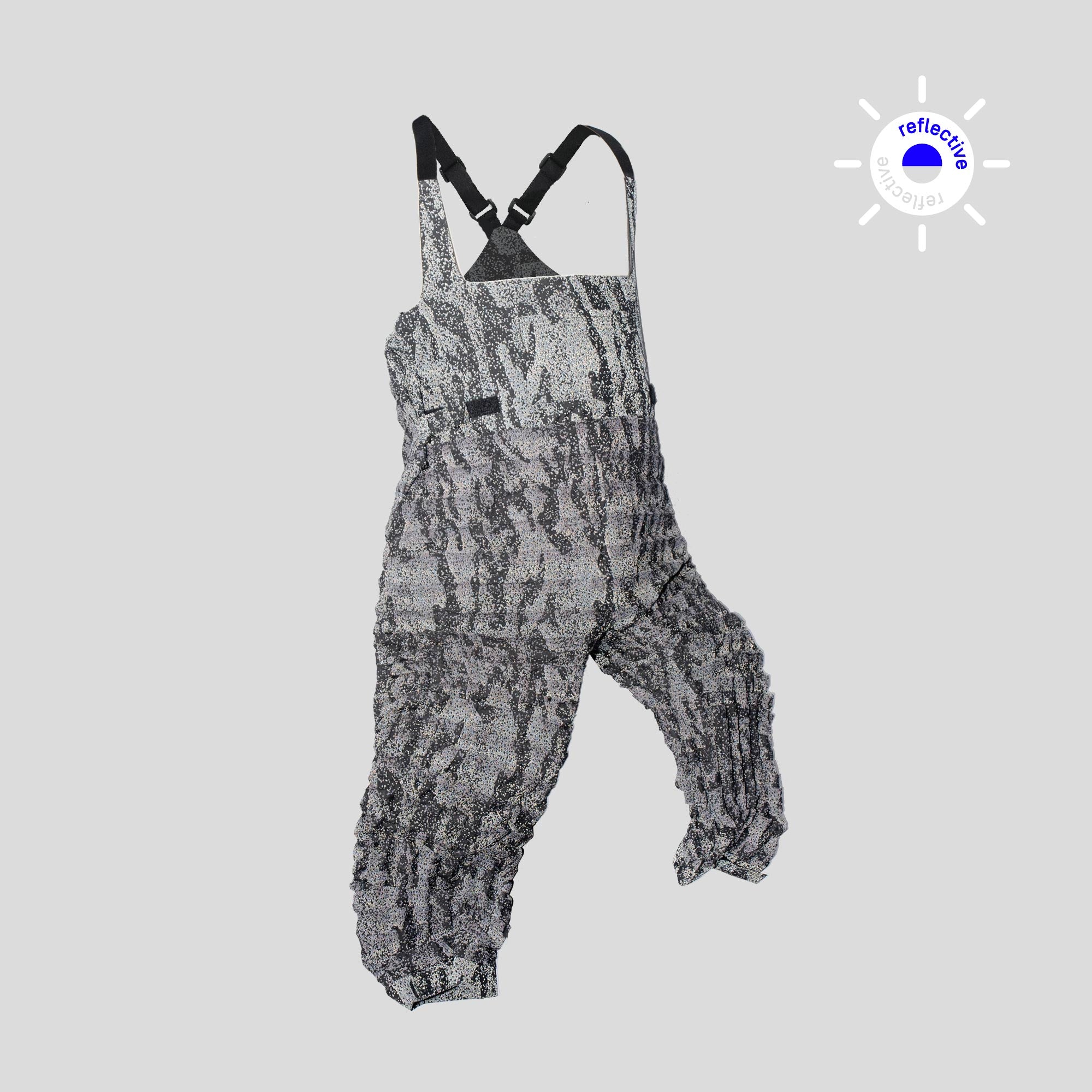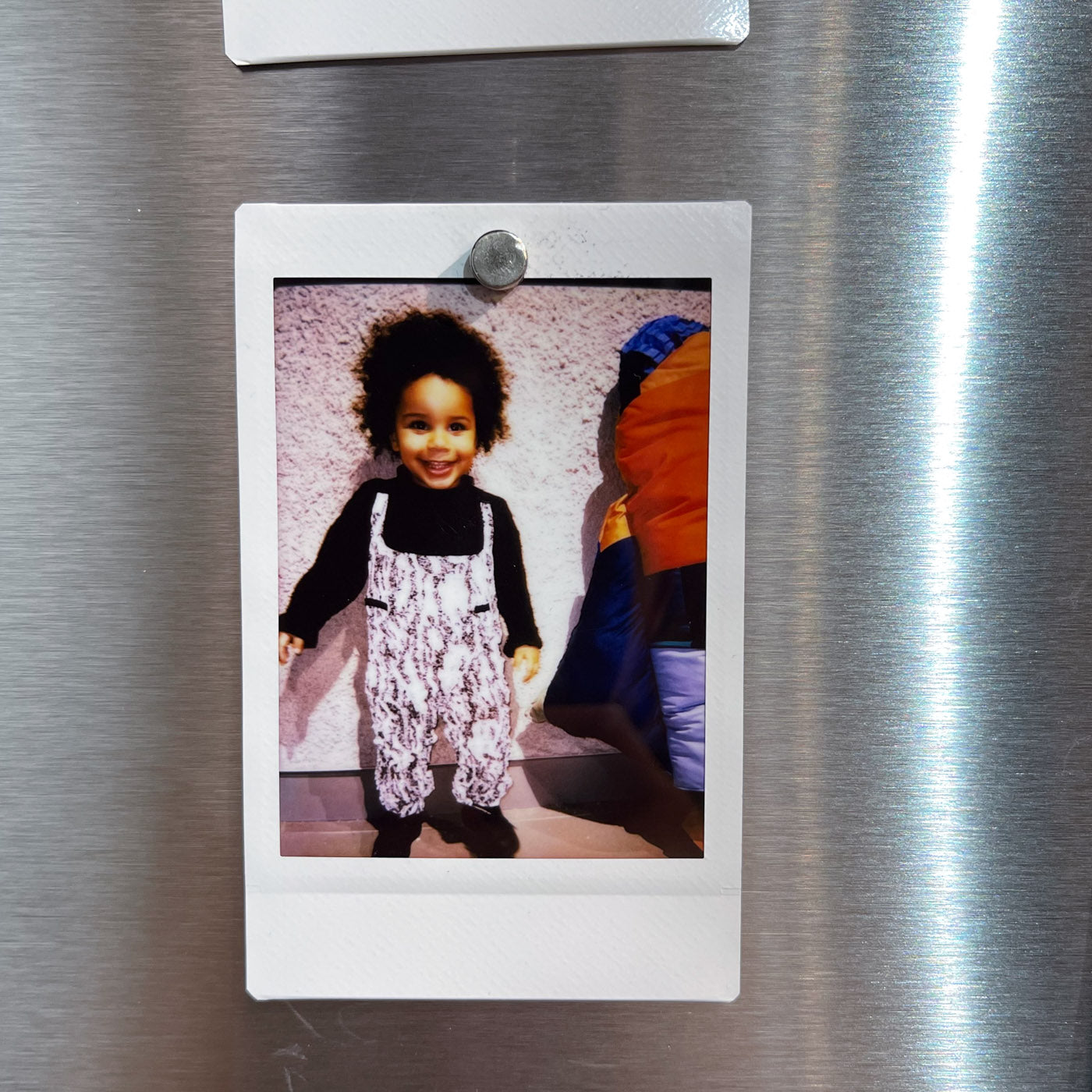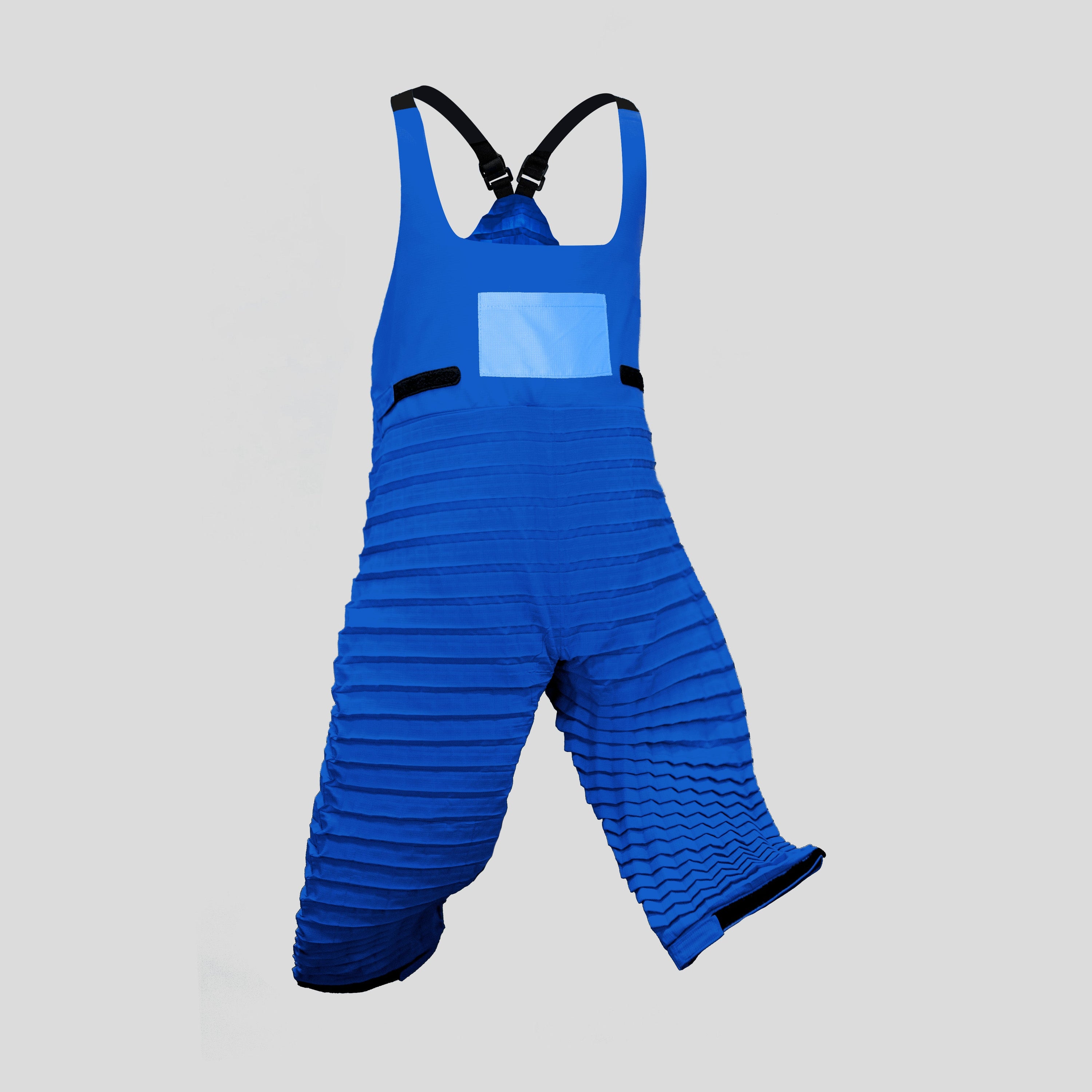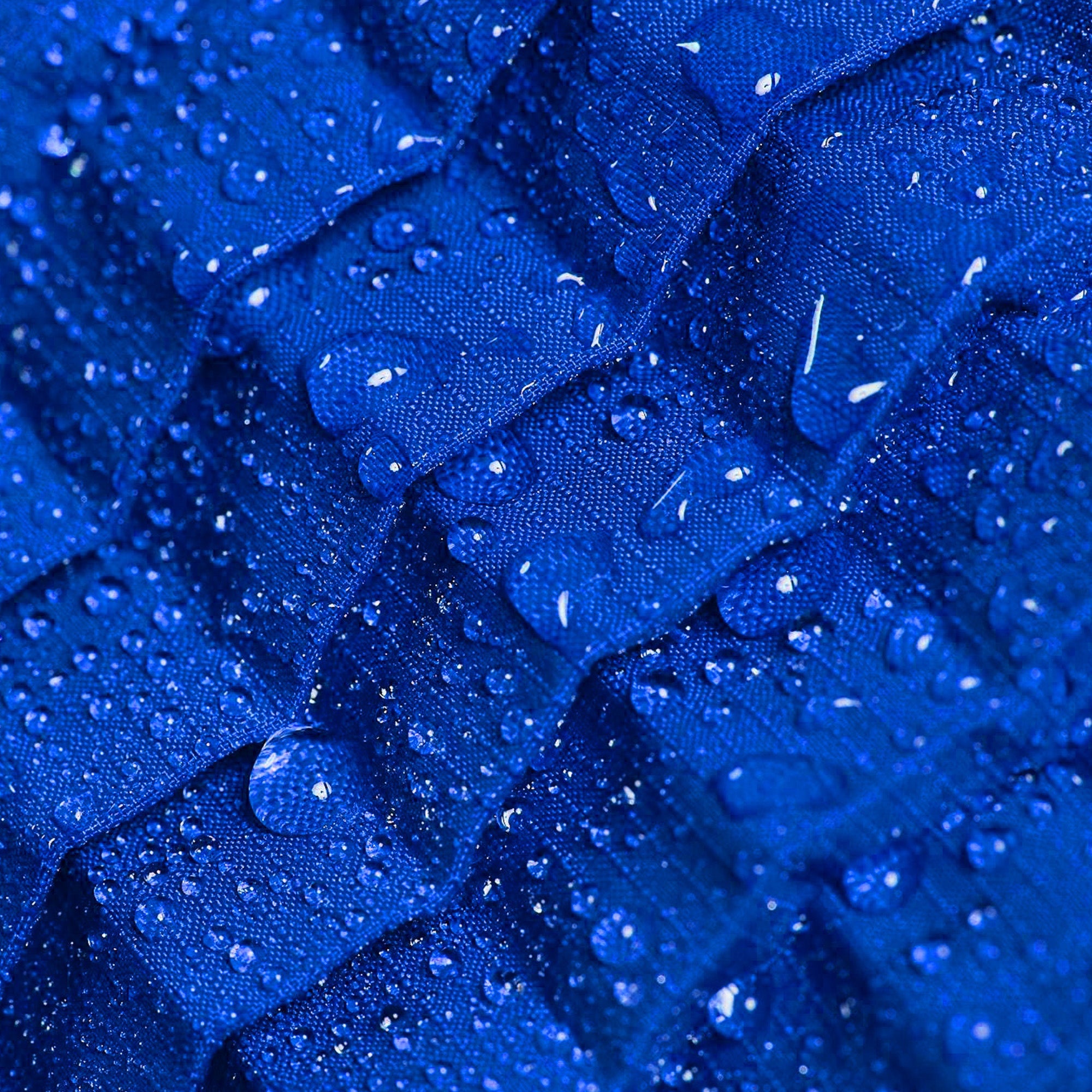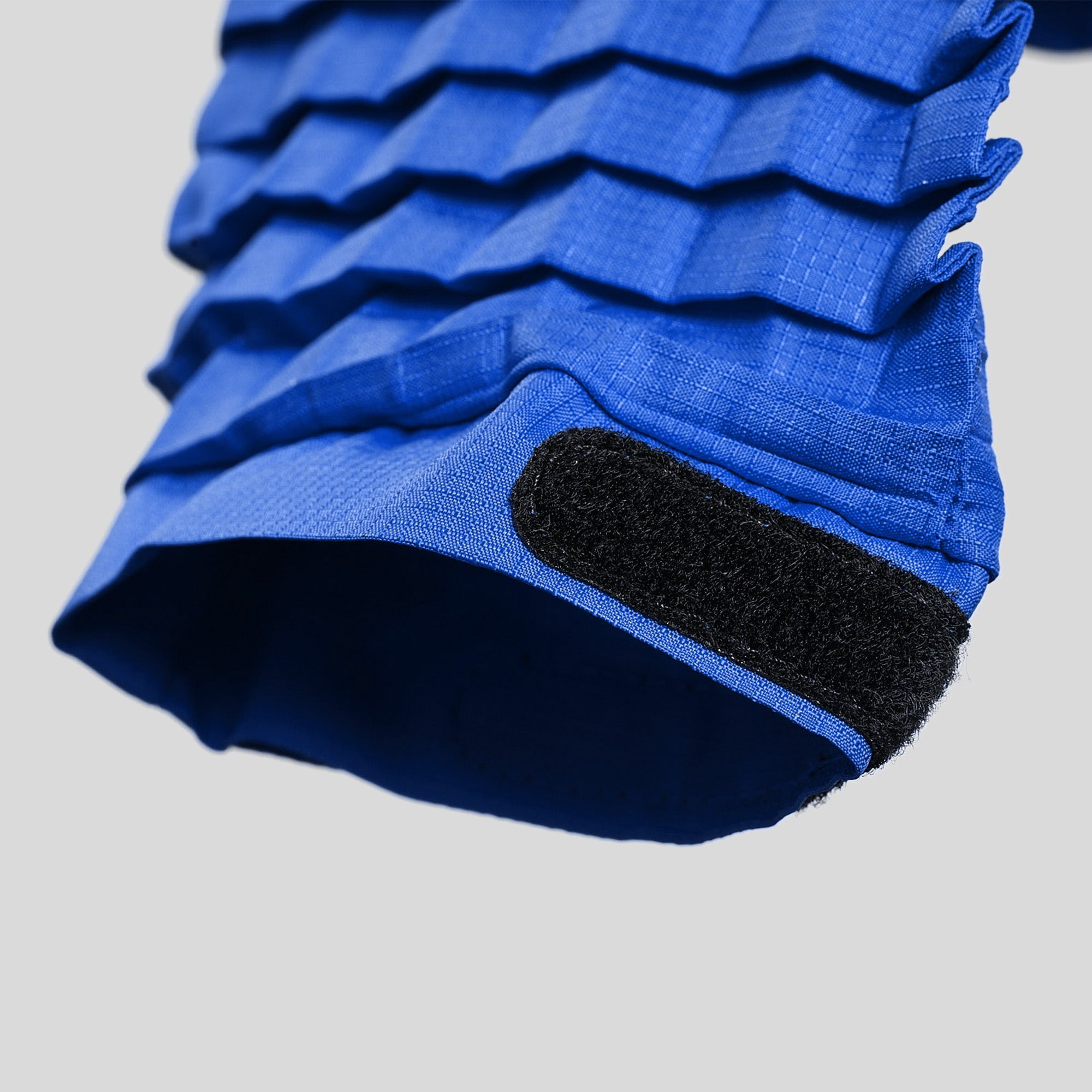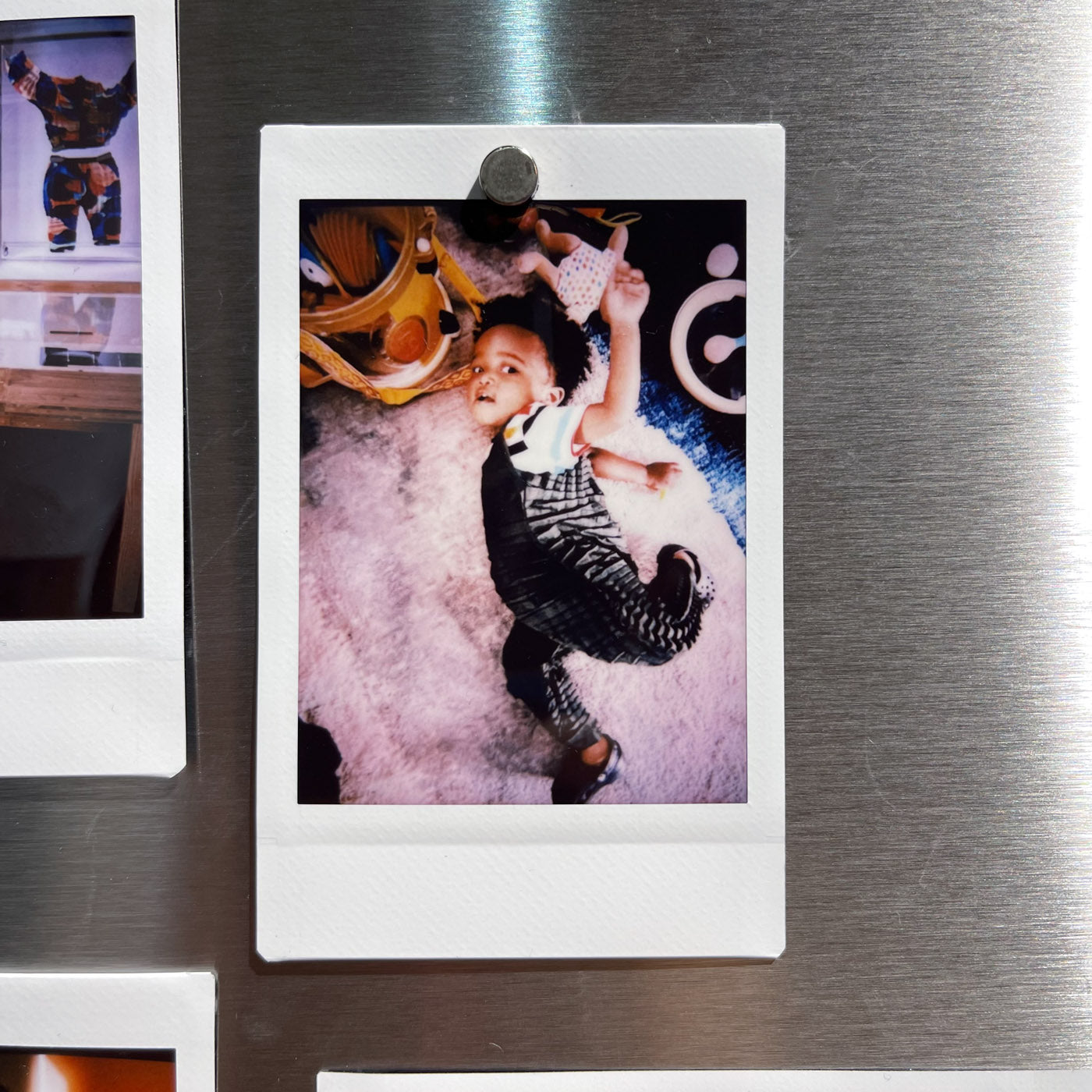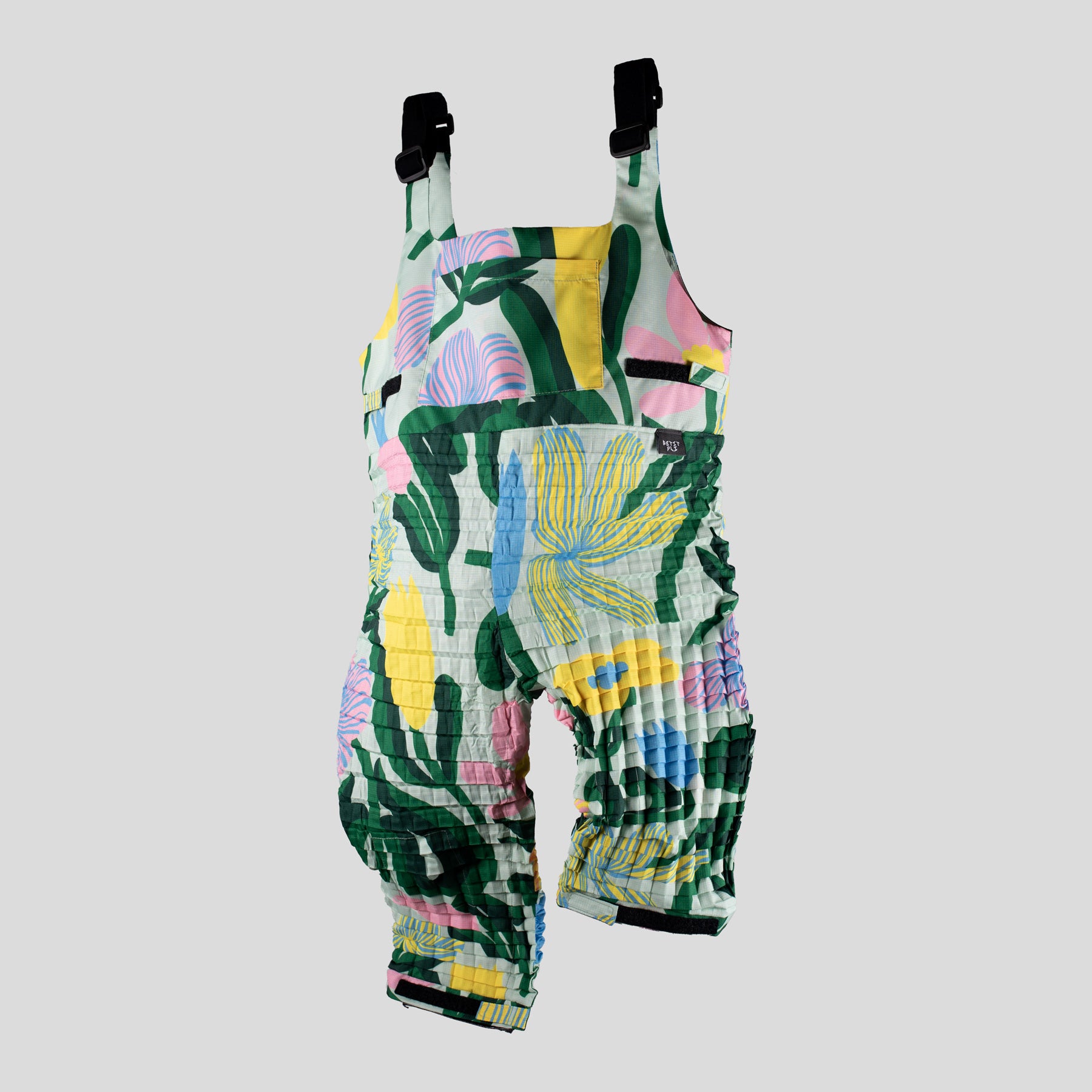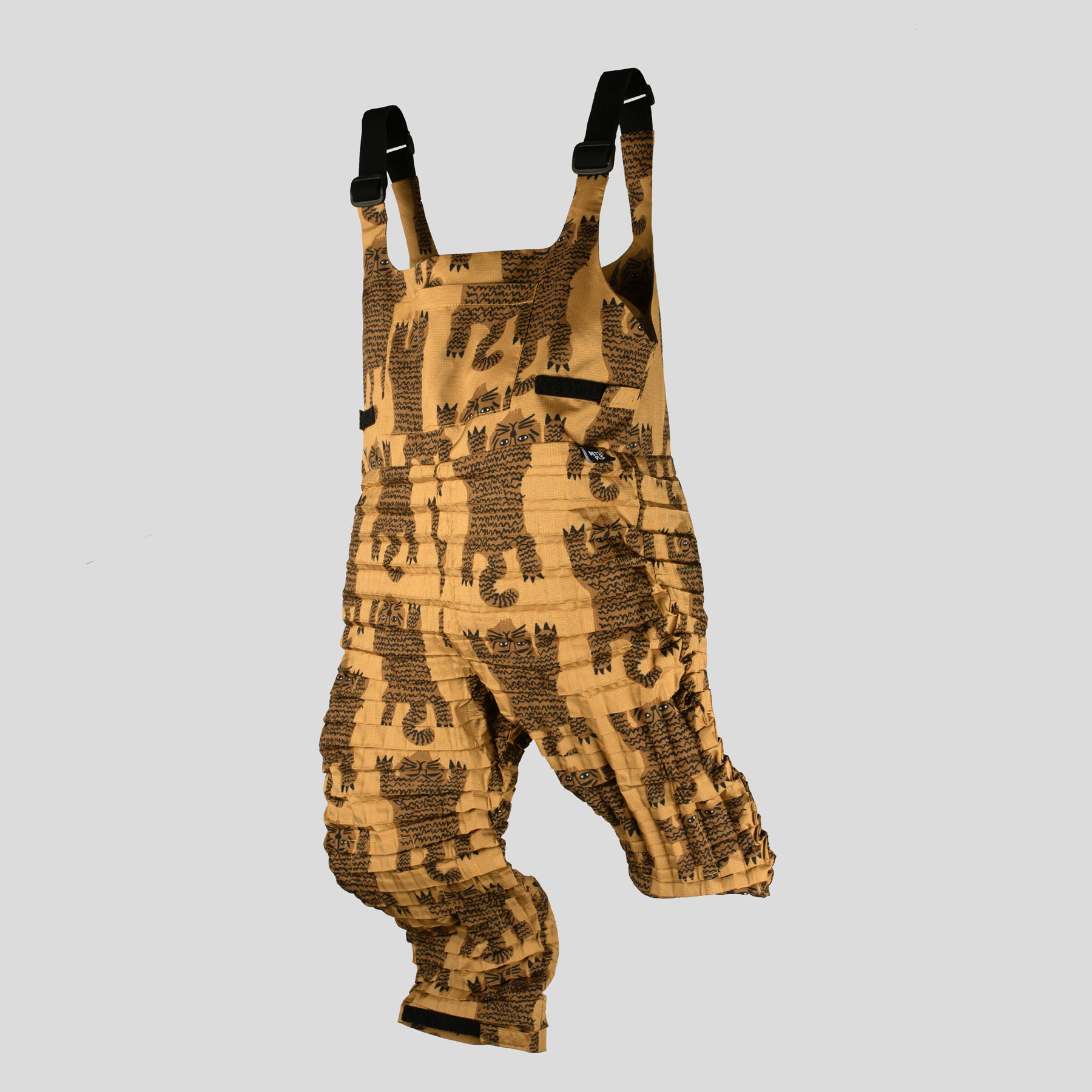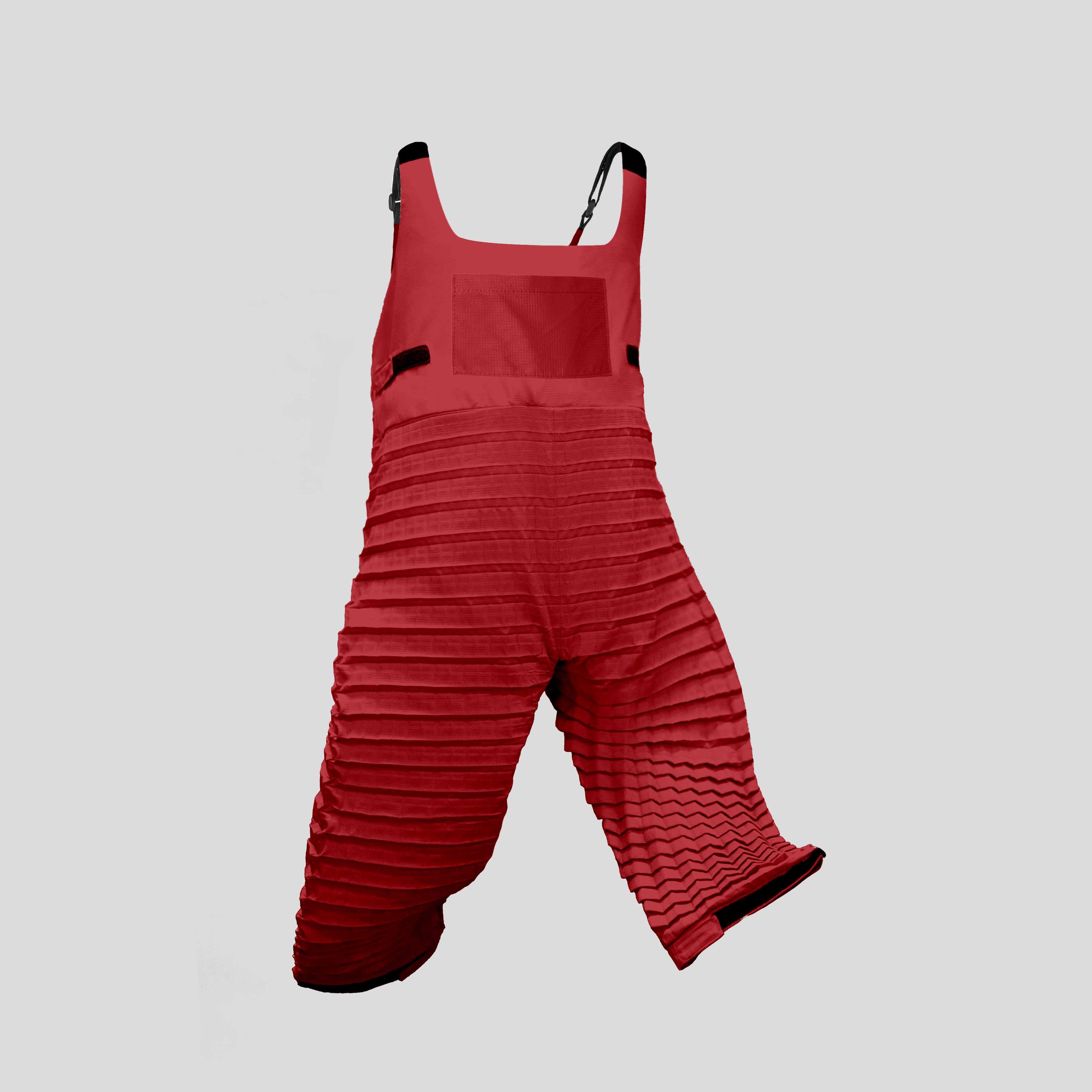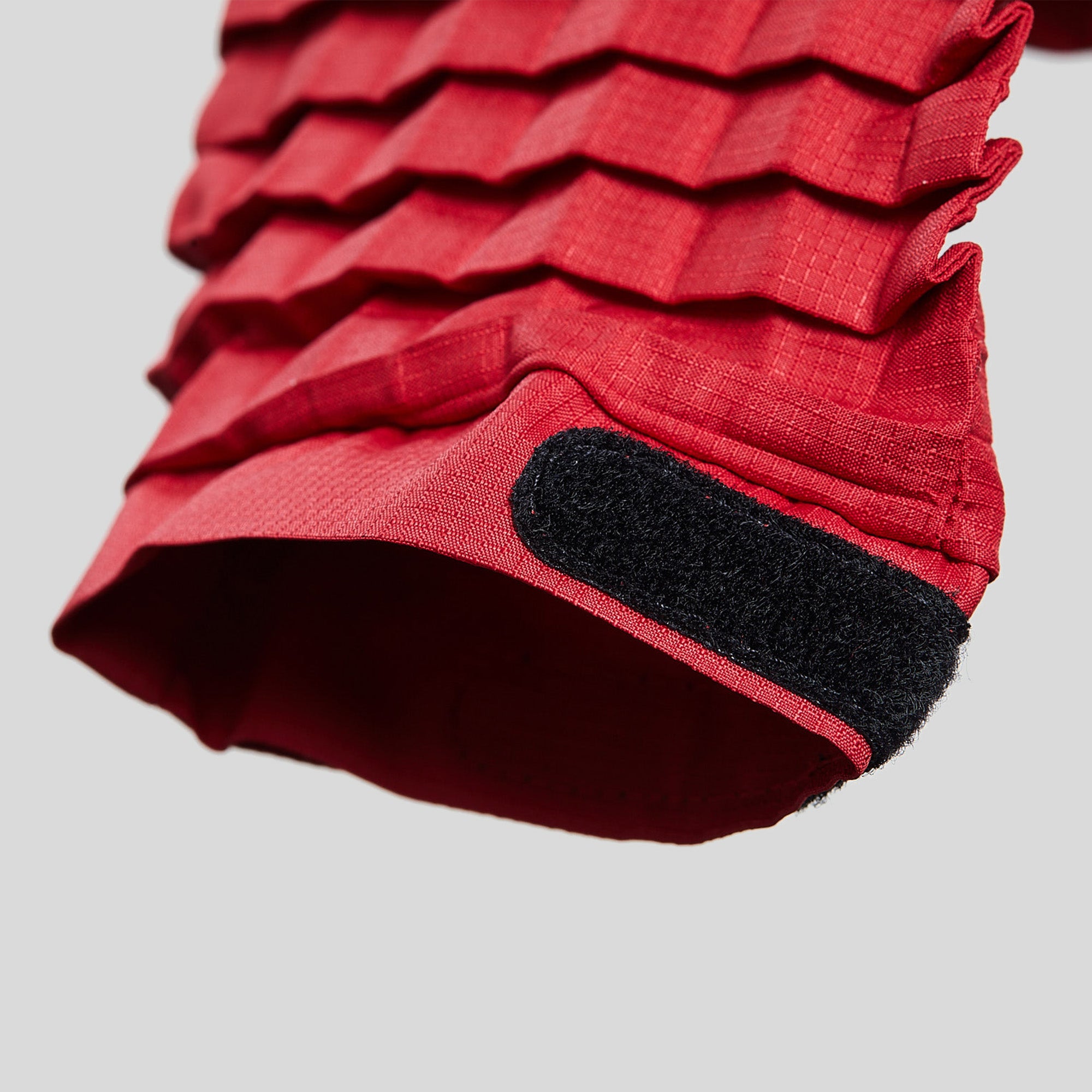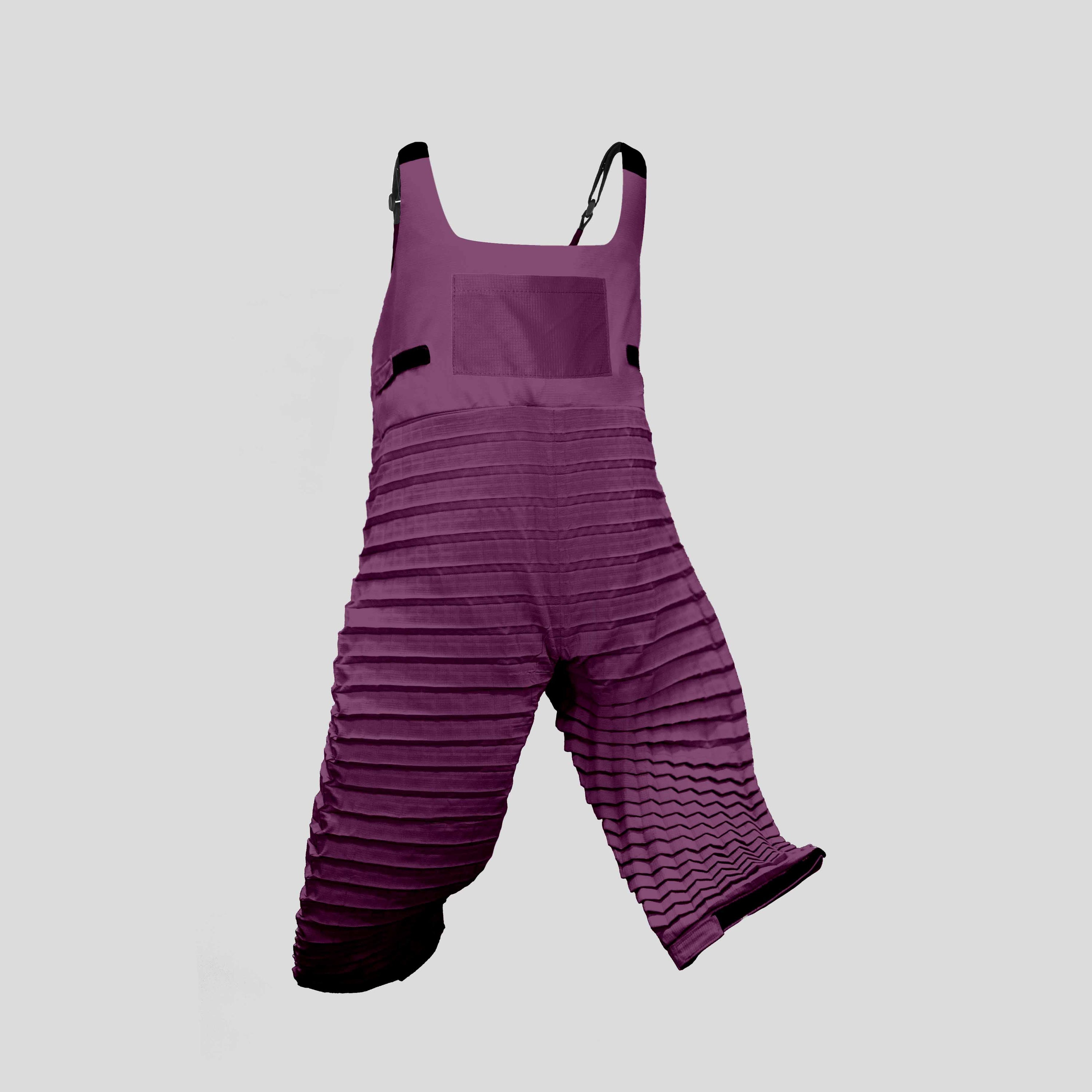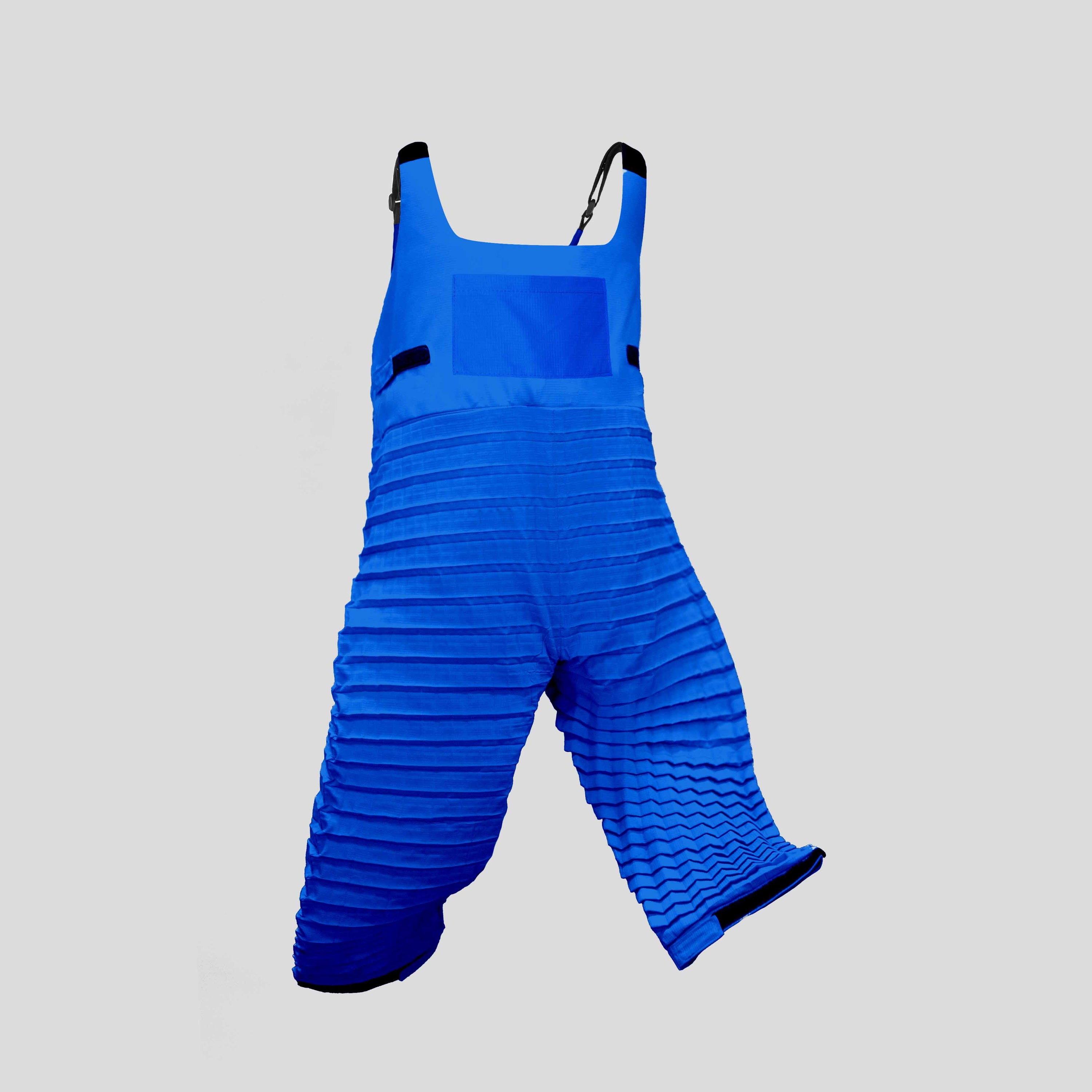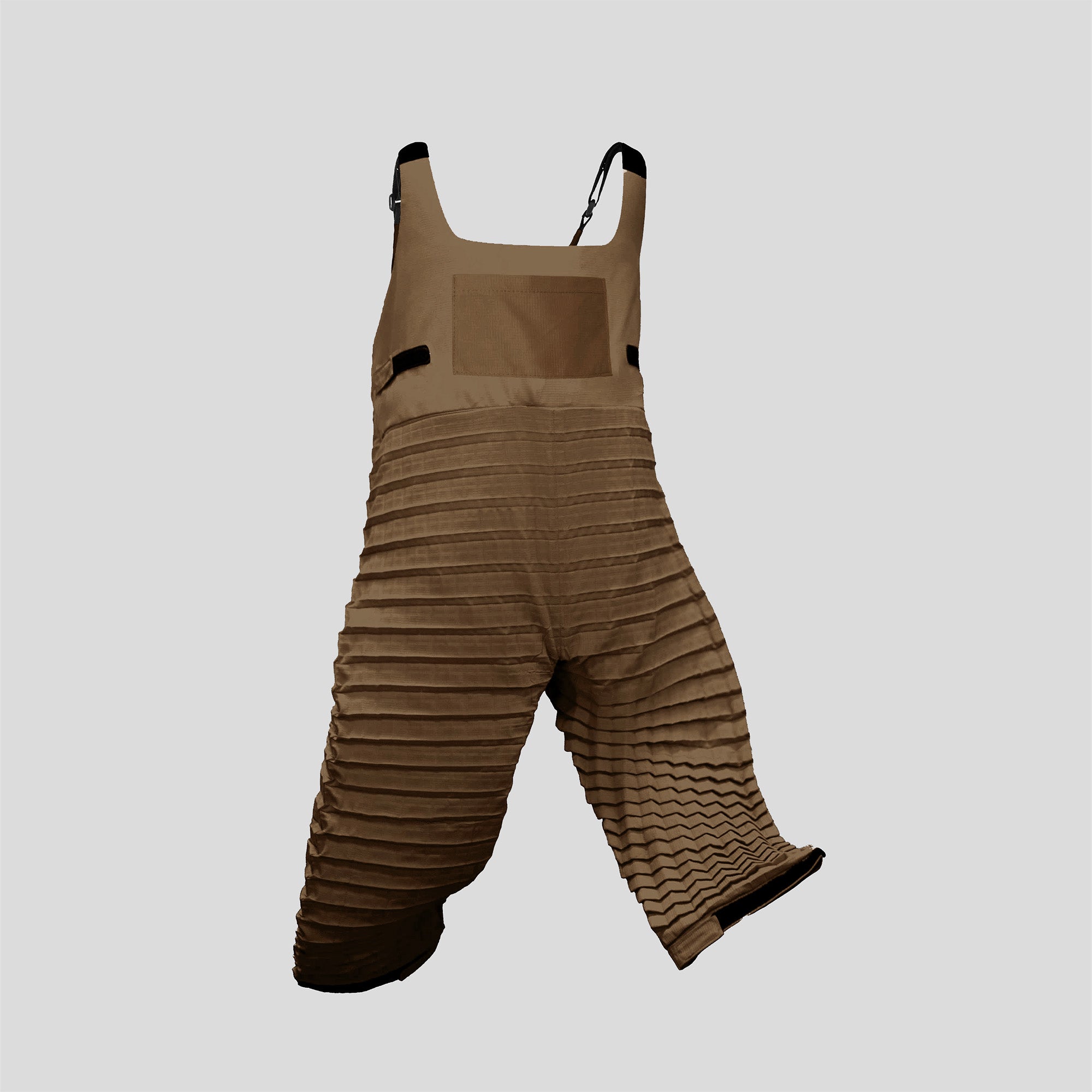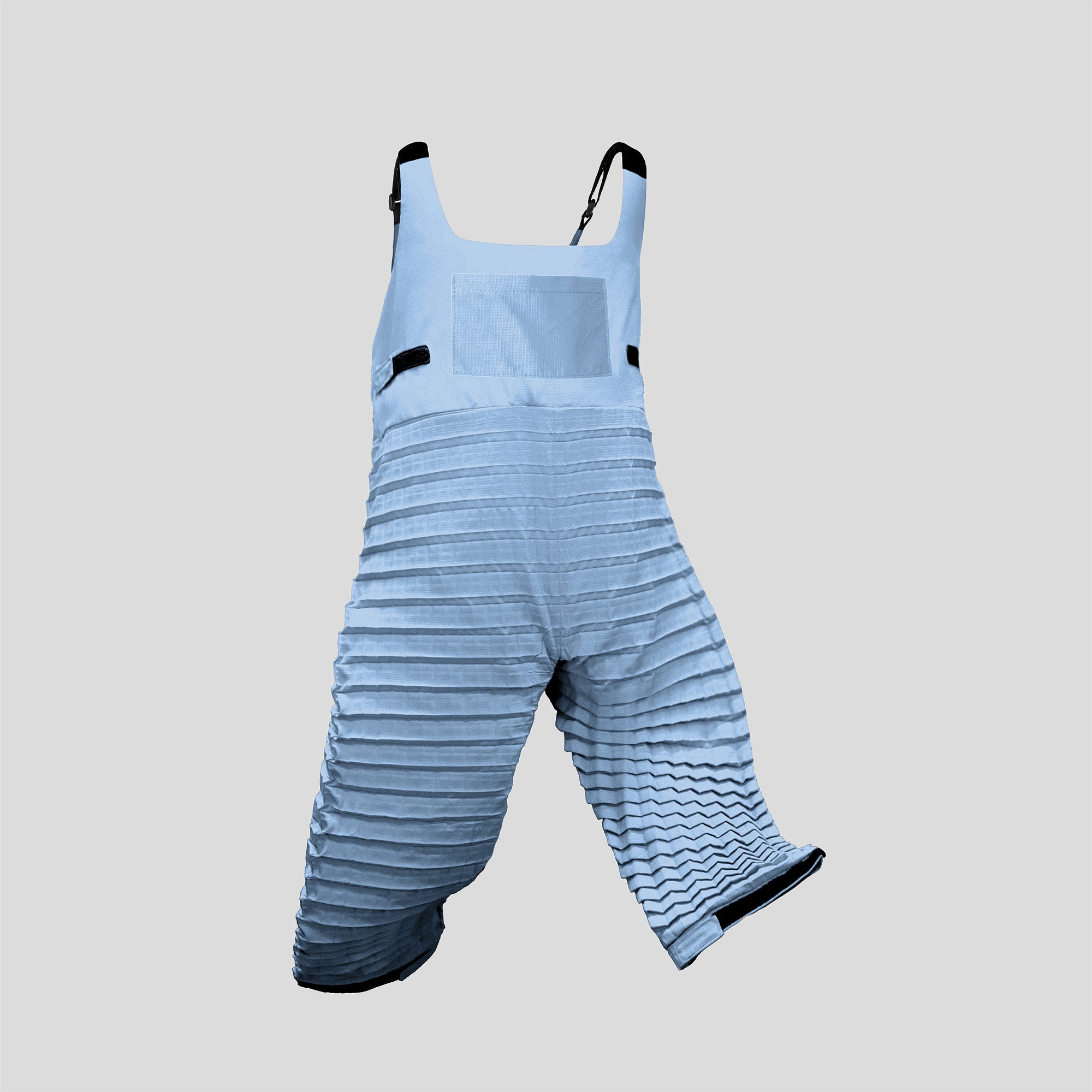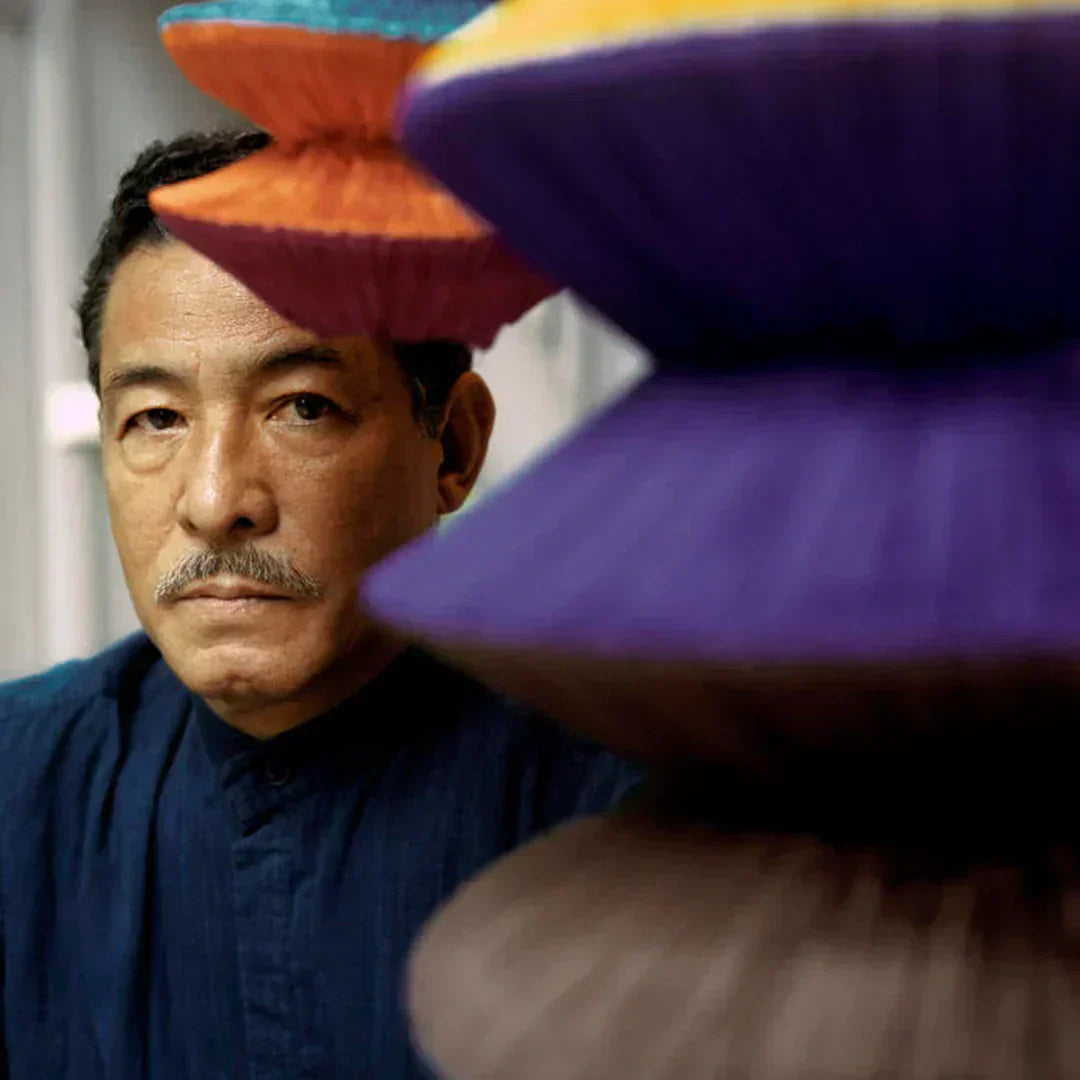
Origami, Its History, Its Present, and Why We Love It
Petit Pli’s innovative designs are heavily influenced by the art of origami. Originally used as an ancient Japanese folding technique by aristocrats and soldiers, origami is now being used in places like space, fashion and technology around the world.
Through its innovative approach to creating sustainable childrenswear, Petit Pli is on a mission to end fast fashion.
With its unique folded designs inspired by the art of origami, Petit Pli’s clothing is built to be easily compactible and durable. As origami has been essential in the brand’s designs, origami’s unique art form is highlighted in its contemporary uses within technology and fashion today.
Origami: Its History and Its Present
With origins in ancient Japan, origami’s original purpose traces back to a skill that was needed by many aristocrats and soldiers; folding techniques were used to create gifts, as a means of ritual wrappings, and were also used to make money, poetry, and fans.
Origami has now become a tradition that has expanded beyond the arts. By incorporating mathematical principles, it has revolutionized to expand into the industries of technology, space, and fashion. By standing the test of time, origami has proven to be critical in the world of sustainability.
Our Favourite Origami Artists
In the world of origami, we have a few favourites. These individuals serve as inspiration for using origami to foster sustainability within their respective industries.
Robert Lang
Robert Lang, who is a renowned NASA physicist and mathematician now turned origami artist, has used mathematical principles to create groundbreaking technologies. With over 600 designs that have been created, Lang’s work has become critical in the worlds of origami, space, and technology. From creating the modern-day airbag to expandable space telescopes, he is a critical example of innovation within the industry.
Jule Waibel
Up now, we have Jule Waibel, creator of the Unfolded Universe. Much like Petit Pli’s obsession with shapes and pleats, Waibel’s brand centers on creating structure through pleats and geometric designs. Through origami-inspired pots, plates, tables, and more, the Unfolded Universe has dreamt up a world of versatility and movement and we love it!

Speaking of pots, origami-inspired company, POTR, is the botanical industries’ sustainable innovation to not only keep your plants thriving, but also have them look cute while doing it. Through ethically made self-watering pots, POTR uses origami to create unique designs for their vast array of pots and vases. In case you’re in need of a new vase for your Sunday market flowers, POTR has you covered.
Yuko Nishimura
Up next is Yuko Nishimura, who is another source of inspiration, specifically within the fashion design realm. Nishimura is a Japanese origami artist who uses monochromatic pieces and abstract shadows to create complex clothing patterns. In addition to fashion, Nishimura also sculpts massive paper relief sculptures through an origami pleating technique. With a unique point of view, Nishimura serves as an inspiration to us to continue to innovate and think creatively.
Issey Miyake
Last but certainly not least in our lineup, we have Issey Miyake, a fashion industry favourite. With a passion to “think outside the box,” Miyake innovatively combined Eastern and Western design components in his pieces to create garments with influences from around the world.
By experimenting with old and new techniques, Miyake was able to create new patterns, fabrics, and technologies. Through his highly-celebrated “Pleats Please” collection, Miyake used high-tech pleated designs that focused on the ability of garments to maintain their shape while still allowing full individual flexibility. This collection was designed from an individual piece of thread, using origami as an inspiration for its designs. In terms of illustrating sustainability, comfort, and complex design, Miyake is an icon.
Why We Love Origami

Inspired by origami’s unique folding pattern, Petit Pli’s garment design is created to utilize the same folding techniques.
Through these folding patterns, Petit Pli’s garments are designed to be Clothes that Grow with LittleHumans to eliminate the need to continually buy new clothes that children grow out of. Such clothing is therefore made to be durable, versatile, and long-lasting. Because after all, it is expensive to keep buying new clothes! And, it is costly for the environment too. Petit Pli is thus made to be a win-win for both people and the environment.
Origami has the potential to change the landscape of the fashion industry by helping put an end to fast fashion.
Through its design, this art form places durability and versatility at the forefront, which are essentials in reducing waste. With continual innovations and integration of techniques like origami, sustainable fashion practices can continue to be further implemented to make continual positive changes in the industry.
With these ideas in mind, what action are you going to take to change your current consumption habits?



